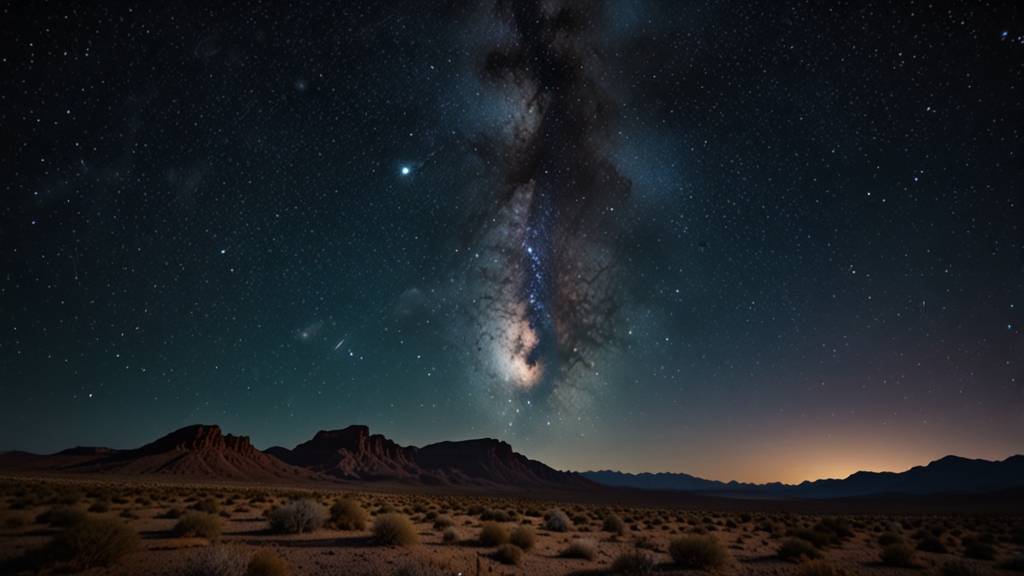The Science of Stargazing: How to Harness the Cosmos from Your Backyard
Stargazing is not just a poetic pastime; it's a gateway to understanding the universe around us. With the right knowledge and tools, you can transform your own backyard into an observatory that unlocks the secrets of the night sky. Here’s how you can make the most of your stargazing experience.
Preparing Your Stargazing Site
Choosing the right location is crucial for a successful stargazing session. Light pollution is one of the biggest obstacles, so finding a dark spot away from city lights is a good starting point. If a remote location isn't feasible, you can still optimize what you have by turning off any outdoor lights and asking neighbors to do the same.
"The darker the sky, the more stars you'll see. Sometimes, something as simple as a blackout curtain for your house or nearby streetlights can make a world of difference." - Jane Doe, Amateur Astronomer
Understanding the Tools
While the naked eye can observe many celestial wonders, a good telescope can enhance your stargazing experience exponentially. There are two main types of telescopes you may consider: refractors and reflectors. Refractors use lenses to gather light, whereas reflectors use mirrors. For beginners, a small refractor telescope is usually easier to handle and maintain.
Don't forget about binoculars—they're highly portable, relatively inexpensive, and great for viewing larger swaths of the sky. Many stargazers start with binoculars before investing in a telescope.
Learning the Night Sky
One of the most fascinating aspects of stargazing is learning to identify celestial objects. Start by familiarizing yourself with the major constellations. There are numerous apps and star charts that can help you with this. Recognizing patterns in the sky makes it easier to navigate and find more obscure objects.
"When you know your constellations, the night sky becomes a map, guiding you to planets, nebulae, and galaxies." - John Smith, Astrophotographer
Observing the Planets
Planets like Jupiter and Saturn are visible to the naked eye and look stunning through a telescope. Jupiter's four largest moons (Io, Europa, Ganymede, and Callisto) and Saturn's rings are particularly captivating. Apps like Stellarium or SkySafari can help you track planetary movements and find the best observation times.
Advanced Stargazing: Deep Sky Objects
Once you're comfortable with the basics, you can start exploring deep sky objects like galaxies, nebulae, and star clusters. These objects often require more powerful telescopes and can be more challenging to locate. However, the sight of the Andromeda Galaxy or the Orion Nebula is worth the extra effort.
Important Considerations
Weather conditions play a vital role in stargazing. Clear, dark skies offer the best viewing conditions, while clouds and moisture in the air can obstruct your view. Checking weather forecasts and planning accordingly can save you a lot of frustration.
Temperature can also affect your equipment, especially in colder climates. Telescopes may require more time to acclimate and maintain focus in colder weather. Bringing a blanket or warm clothing can also make your stargazing experience more enjoyable.
Capturing the Cosmos
Astrophotography takes stargazing to a new level. With advancements in digital cameras, capturing the beauty of the night sky has become more accessible. Start with basic equipment like a DSLR camera and a tripod. As you become more experienced, you can move on to more specialized equipment.
"The joy of capturing a beautiful celestial event, whether a meteor shower or a lunar eclipse, is unparalleled. It's not just about seeing—it’s about sharing that moment with others." - Emily Johnson, Astrophotography Enthusiast
Conclusion
Stargazing is an enriching activity that combines science, wonder, and a bit of adventure. From understanding the basic constellations to diving into advanced astrophotography, your backyard can become a gateway to the cosmos. So grab your telescope, arm yourself with knowledge, and let the universe unfold before your eyes.







